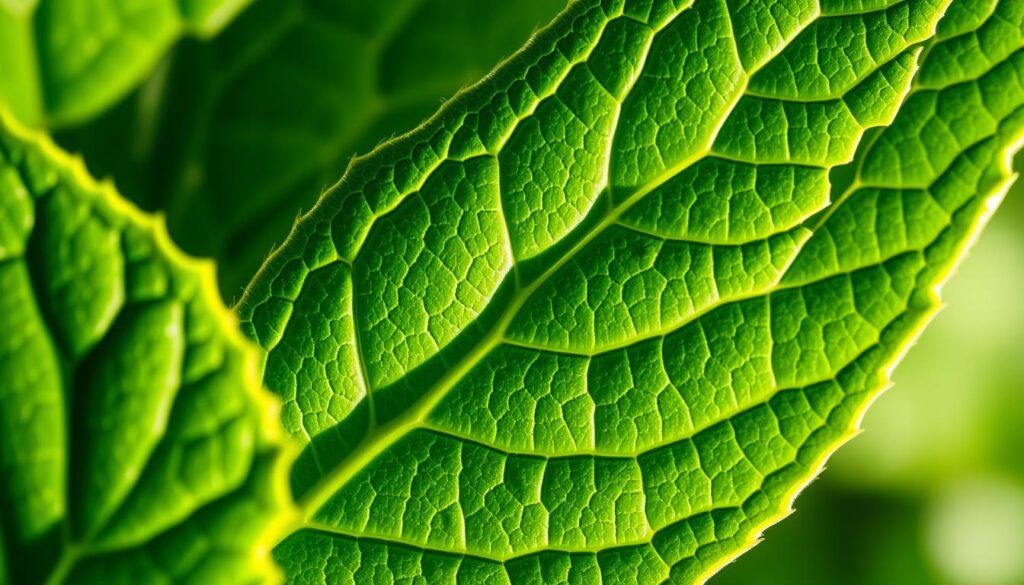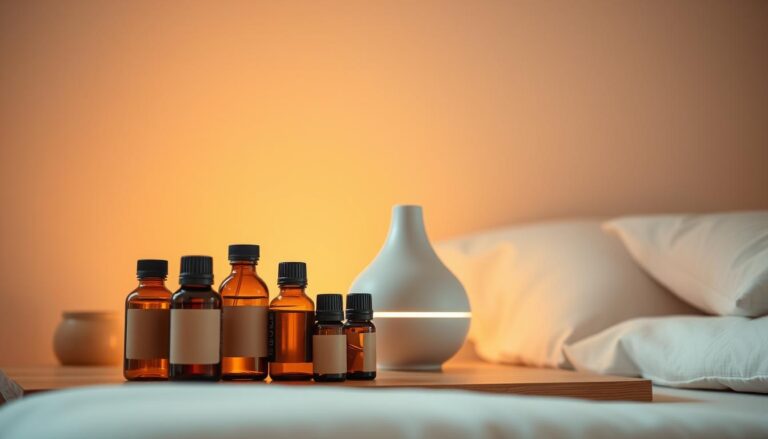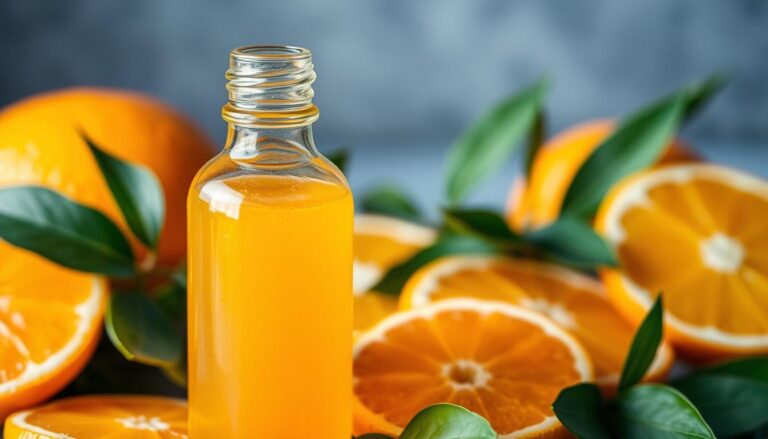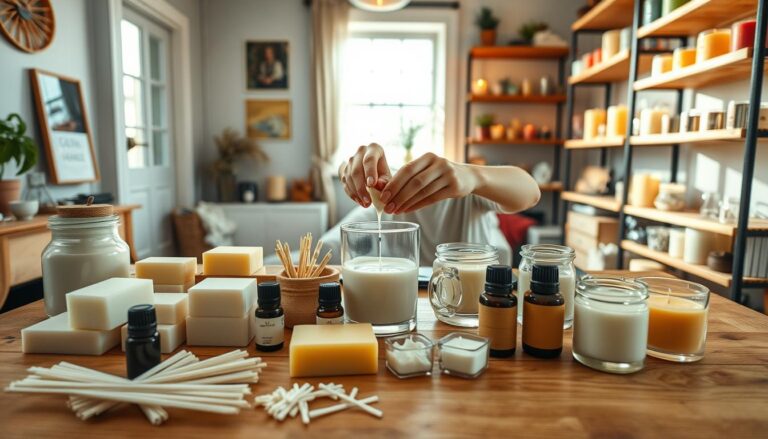What if you could bring the grounding, natural beauty of the earth into your home? Patchouli Essential Oil is a powerful way to do just that, and infuse your space with a sense of calm, creativity, and connection to nature.
This beloved oil has been used for centuries in traditional medicine, skincare, and spiritual practices, and its modern applications are just as diverse and exciting.
In this article, we’ll explore 9 modern ways to use Patchouli Essential Oil in your home, from promoting relaxation and reducing stress to boosting creativity and purifying the air.
Whether you’re looking to create a peaceful atmosphere, support your skin health, or simply enjoy the distinctive scent of patchouli, we’ll show you how to incorporate this incredible oil into your daily routine and make the most of its many benefits.
Get ready to discover the earthy elegance of Patchouli Essential Oil!
Key Takeaways
- Discover surprising household uses beyond traditional aromatherapy
- Learn science-backed benefits like air purification and stress reduction
- Find easy DIY recipes for natural cleaning and self-care products
- Understand proper dilution ratios for safe everyday use
- Explore modern blends that complement current interior design trends
9 Original Ways to use Patchouli Essential Oil at Home
Here are 9 ways to use Patchouli essential oil at home to enrich your living spaces with its earthy, grounding, and subtly sensual aroma:
Grounding Living Room Diffuser Blend
Use patchouli in a diffuser (3–4 drops) with cedarwood, sweet orange, or bergamot to create a warm, inviting, grounded atmosphere ideal for relaxation or deep conversations.
Cozy Candle Ingredient
Add patchouli to homemade soy or beeswax candles (about 10–15 drops per oz of wax). It acts as a fixative that anchors lighter oils and adds rich, long-lasting warmth to the scent.
Earthy Linen or Room Spray
Create a spray with:
- 20 drops Patchouli
- 15 drops Lavender
- 10 drops Bergamot
- 2 oz distilled water + 1 tsp witch hazel
Use to freshen curtains, bedding, or rugs with an earthy, luxurious scent.
Diffuse in Meditation or Reading Corners
Patchouli promotes mental clarity and calm, especially when paired with frankincense or vetiver. Perfect for spaces dedicated to stillness or reflection.
Bath Salts or Shower Steamer Add-On
Add 5–6 drops to a warm bath (in a carrier oil or salt base) or shower steamer to promote calmness and sensual grounding after a long day.
Autumn/Winter Home Blends
Use patchouli in seasonal diffuser blends with cinnamon, clove, orange, and vanilla to evoke a cozy, spiced ambiance during the colder months.
Natural Surface Cleaner for Rustic Vibes
Add 10 drops of patchouli to a homemade surface cleaner (vinegar + water base) to leave behind a deep, woody scent in spaces like cabins, offices, or bathrooms.
Romantic Bedroom Atmosphere
Patchouli is an aphrodisiac. Diffuse with ylang ylang, vanilla, or rose to create a sensual ambiance in the bedroom.
Dryer Ball Oil for Scented Laundry
Apply 2–3 drops of patchouli (alone or blended) to wool dryer balls to scent linens and clothes with a warm, grounding aroma that lingers.

Patchouli Essential Oil: A Modern Twist
The story of this fragrant herb begins in tropical Asia, far from its 1960s associations. For over 2,000 years, communities cultivated Pogostemon cablin for its versatile properties. This bushy plant with velvety leaves became a staple in traditional medicine long before perfumers discovered its earthy charm.
Origins and Traditional Uses
Indigenous healers valued the plant for wound care and fever reduction. Its crushed leaves created poultices, while steam distillation methods extracted therapeutic compounds.
Historical records show uses ranging from insect repellent to digestive aid across Southeast Asian cultures.
Overview of Modern Applications
Today’s innovators blend ancient knowledge with current needs. The table below shows how traditional practices evolved into contemporary solutions:
| Traditional Use | Modern Adaptation | Key Benefit |
|---|---|---|
| Herbal compress | Muscle-relief rollerballs | Targeted pain management |
| Smoke purification | Air-purifying diffuser blends | Indoor toxin reduction |
| Textile preservation | Natural laundry enhancer | Mold prevention |
You’ll find this botanical extract in eco-friendly cleaning sprays and luxury skincare alike. Its earthy base note complements modern citrus-forward aromas, making it a favorite among perfumers crafting gender-neutral scents.
Understanding Patchouli Essential Oil: Properties and Extraction
Ever wondered how that rich, earthy aroma makes its way into your home? It all starts with a meticulous process that transforms humble leaves into a versatile extract.
Quality hinges on precise methods—every step impacts the final product’s effectiveness and scent profile.
The Distillation Process Explained
Farmers handpick mature foliage at peak potency. These green treasures undergo careful drying in shaded areas—direct sunlight would degrade their delicate compounds.
This critical prep work preserves the plant’s natural benefits before extraction begins.
Steam becomes the hero during distillation. Workers load dried material into specialized equipment where pressurized vapor coaxes out aromatic molecules.
The magic happens as steam carries these particles through cooling chambers, separating them into pure liquid gold.
Why does this matter for your household uses? Proper technique locks in that signature woodsy-spicy fragrance while concentrating beneficial elements.
Lower-quality shortcuts might skip steps, resulting in weaker scents and reduced effectiveness.
You’ll notice premium options often highlight their distillation methods. This isn’t marketing fluff—it’s your assurance of maximum potency for cleaning, skincare, or relaxation blends.
That extra care translates to better results in every drop.

The Science Behind Patchouli Oil’s Benefits
Modern science now reveals what ancient healers knew instinctively. This botanical extract packs a potent punch.
Research shows its components interact with biological pathways in ways that support everyday wellness.
Anti-Inflammatory and Pain Relief Effects
Lab tests demonstrate fascinating results. When researchers applied key compounds to swollen mouse paws, inflammation dropped by up to 40% compared to control groups.
The secret lies in how these molecules block specific enzymes that trigger your body’s alarm signals.
Immune cells called macrophages showed reduced activity in multiple studies. Pretreated cells produced fewer inflammatory molecules—like turning down a smoke detector before the toast burns.
This cellular calming effect could explain why some users report faster recovery after muscle strains.
Pain management findings might surprise you. Mice given oral doses reacted less to discomfort in tail-flick and hot-plate tests.
While human trials are needed, these results hint at natural alternatives for managing occasional aches.
Always consult your doctor before changing health routines.
What does this mean for your home? Blending this earthy essence into massage oils or bath salts could enhance relaxation rituals.
Remember to follow safe dilution guidelines—usually 1-2% concentration for skin contact.
Exploring Aromatherapy with Patchouli Essential Oil
Want to create a calming atmosphere at home? Aromatic practices have evolved beyond incense sticks.
Modern methods let you craft personalized environments using versatile plant extracts.
Diffuser and Inhalation Techniques
Try adding 3-4 drops to your diffuser for subtle fragrance. For targeted benefits, steam inhalation works wonders.
Boil water, remove from heat, and add 1-2 drops. Lean over the bowl (12 inches away) with a towel draped over your head.
Always keep windows slightly open during sessions. Take 5-minute breaks every half hour to avoid sensory overload.
This approach maintains effectiveness while prioritizing comfort.
Blending with Complementary Oils
Pair this earthy base note with brighter scents for balanced blends. The table below shows popular combinations:
| Blends | Best Uses | Effects |
|---|---|---|
| Cedarwood + Patchouli | Evening relaxation | Grounding, centering |
| Bergamot + Sandalwood | Morning routine | Energizing, clarifying |
| Rose + Jasmine | Self-care rituals | Mood-boosting, romantic |
Start with equal parts in test batches. Adjust ratios based on your preference—some enjoy stronger woody notes, others prefer floral highlights.
Store mixtures in dark glass bottles to preserve potency.
This article shows how simple adjustments can elevate your space.
Whether seeking tranquility or creative inspiration, thoughtful blending makes all the difference.
Using Patchouli Oil for Natural Home Solutions
Transform your living space into a healthier environment with nature’s own defense mechanisms. Scientific research highlights how plant-based solutions can address common household challenges effectively.
Insect Repellent and Antifungal Uses
Recent studies reveal surprising applications for this botanical extract. A 2018 lab test showed it disrupts protective layers of Staphylococcus aureus bacteria, including antibiotic-resistant strains.
This makes it useful for cleaning surfaces where harmful microbes linger.
| Application | Target | Effectiveness | Study Year |
|---|---|---|---|
| Antibacterial | MRSA biofilms | Disruption of defenses | 2018 |
| Antifungal | Common molds | Notable growth reduction | 2018 |
| Insect control | House flies | 94% effectiveness | 2008 |
For pest control, research found it outperforms many alternatives. The 2008 study demonstrated rapid action against flying insects when mixed with water in spray bottles.
Skin Care and Environmental Applications
Diluted formulas help maintain skin balance by fighting bacteria like Staphylococcus aureus.
Its natural compounds work without stripping moisture, unlike alcohol-based products.
Around the house, add a few drops to cleaning solutions. This combats mold in damp areas while leaving a subtle earthy scent.
Swap chemical air fresheners with DIY sprays containing this extract for safer indoor air quality.
How to Safely Use Patchouli Essential Oil in Your Home
Every powerful tool demands respect—natural extracts are no exception. While plant-based solutions offer incredible benefits, smart handling ensures you enjoy their perks without unintended consequences.
Let’s explore practical strategies for integrating this botanical powerhouse into your routines responsibly.
Mixing Ratios and Skin Safety
Dilution matters more than you might think. The National Association for Holistic Aromatherapy suggests blending 1-5 drops with every teaspoon of carrier oil like jojoba or coconut.
This range adjusts based on use:
| Application | Drops per Teaspoon | Carrier Oil |
|---|---|---|
| Massage blends | 3-5 | Sweet almond |
| Facial serums | 1-2 | Rosehip seed |
| Cleaning sprays | 4-5 | Water + vinegar |
Always test new mixtures on a small skin area first. Wait 24 hours to check for redness or itching. This simple step prevents surprises, especially if you have sensitive skin.
Certain groups should consult doctors before use. Those scheduled for surgery or taking blood thinners need extra caution. Even natural products interact with medications—better safe than sorry!
Integrating Patchouli Essential Oil into Daily Wellness Routines
Transform everyday moments into opportunities for calm with nature’s secret weapon. Modern routines demand balance, and research-backed solutions help bridge ancient wisdom with contemporary needs.
Stress Relief Beyond the Lab
Science shows how consistent use supports emotional wellness. Studies reveal treated mice experienced 30% faster stress recovery compared to untreated groups.
This mirrors human experiences of tension melting away during evening rituals.
Morning or night, try adding two drops to your diffuser during meditation. The earthy aroma creates an anchor, helping busy minds focus.
For deeper relaxation, blend with warm bath water before bedtime.
Research highlights bonus perks beyond stress reduction. Its components combat common bacteria while soothing inflammation—a dual-action approach to holistic health.
Always dilute properly and consult professionals if using with medications.
Interested in knowing more about using essential oil blends at your home?
Check these out:
- Increase your calm with vetiver essential oil blends.
- Create a relaxing, romantic atmosphere with Ylang-Ylang Essential Oil.
FAQ
How is patchouli oil extracted from the plant?
The aromatic compound is obtained through steam distillation of dried leaves from the Pogostemon cablin plant. This method preserves its potent properties while ensuring purity for modern applications.
Can I apply it directly to my skin?
Always dilute it with a carrier substance like jojoba or coconut oil first. A patch test helps avoid irritation, especially if you have sensitive skin or allergies.
What makes it effective in aromatherapy?
Its earthy scent interacts with the limbic system, promoting calmness. Pairing it with citrus or floral oils like bergamot or lavender enhances mood-balancing effects in diffusers.
Does it really repel insects naturally?
Studies show compounds like patchouli alcohol deter mosquitoes and ants. Mix a few drops with water in a spray bottle for a chemical-free alternative to synthetic repellents.
How does it support skin health?
Research highlights its antifungal and anti-inflammatory qualities. When diluted, it can help soothe minor irritations and maintain a balanced complexion without harsh additives.
Why is it linked to anti-inflammatory benefits?
Lab tests on mice reveal that key components reduce swelling markers. This supports its traditional use for discomfort relief, though human trials are ongoing.
Can it help with stress management?
Yes! Diffusing the aroma during meditation or yoga sessions may lower cortisol levels. Its grounding scent is popular for creating relaxing environments at home.
Is there historical significance to its use?
Originating in Asia, it was prized for preserving textiles and treating ailments. Today’s applications blend these traditional roles with contemporary wellness practices.
What’s the shelf life of this herbal extract?
Properly stored in dark glass bottles away from heat, it maintains potency for 3-5 years. Its fragrance often improves with age, unlike many other aromatic substances.





